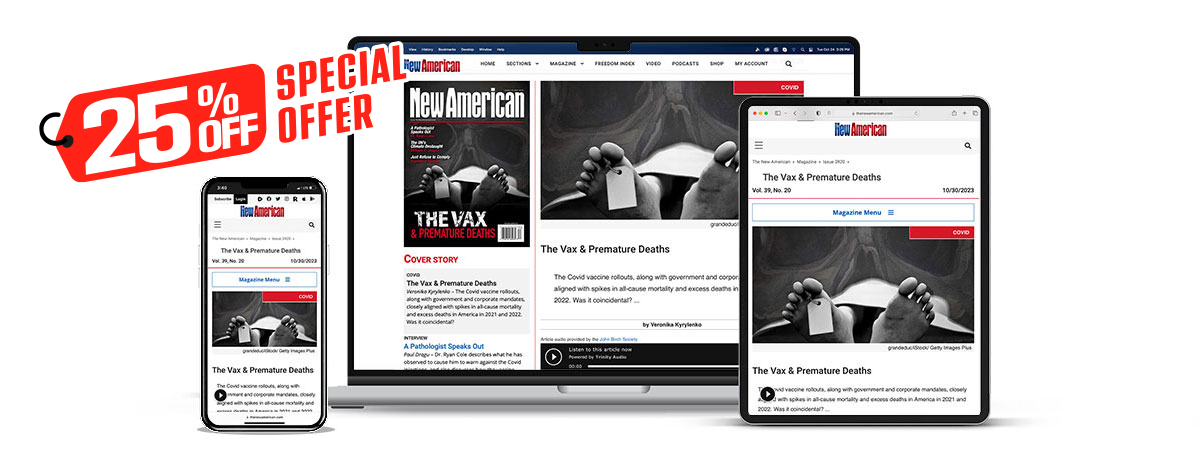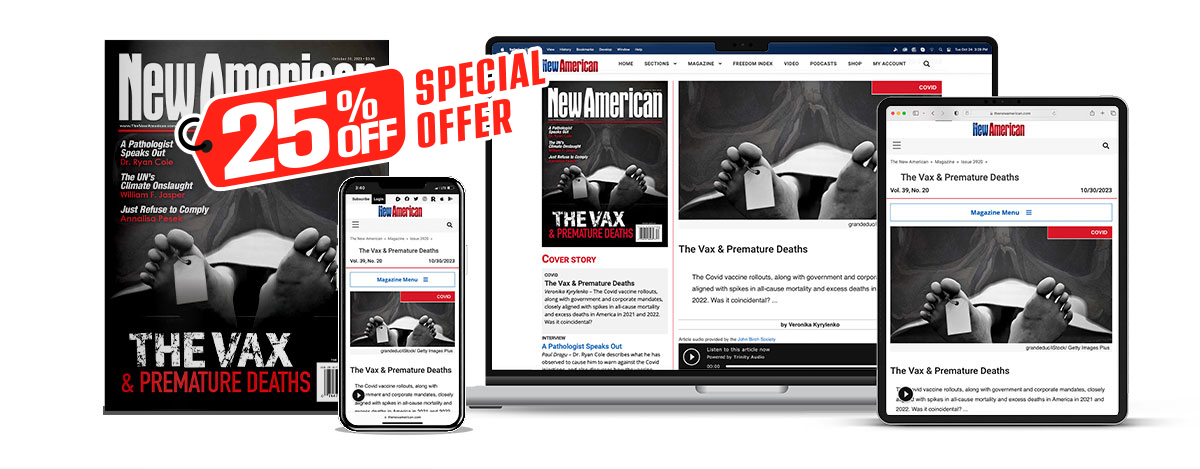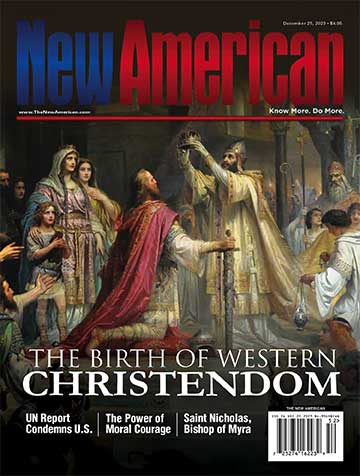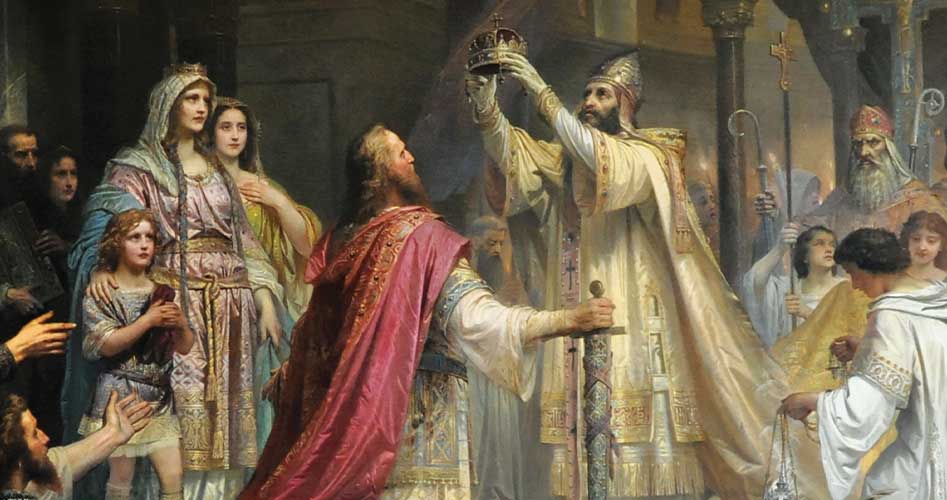The Birth of Western Christendom
On a fine spring day in April in the year 799, a colorful procession wound its way through the streets of Rome in honor of the Greater Litanies, the major rogation day in honor of all the saints. The procession included many dignitaries of the Holy See, including the pope himself, Leo III, who had risen from humble origins to become pope less than four years earlier, succeeding the aristocratic Adrian I. In his short pontificate, Leo had already made a powerful friend in the Frankish king Charlemagne, who had sent him a large trove of gold and a number of envoys, or missi dominici, who functioned as a papal protection detail. Besides his powerful Frankish ally, however, Leo also had powerful enemies. Most of them were supporters and relatives of his late predecessor, who regarded Leo as too common a man for the job, and wanted him replaced with one of their own.
And on April 25, 799, as Leo III and the joyous procession neared Rome’s Flaminian Gate, the pope’s enemies struck. A large group of armed men attacked the pontiff, intending to blind him and rip out his tongue; a man so incapacitated would not be eligible any longer for the office. In the fracas, the assailants nearly succeeded, possibly managing to partly blind the 49-year-old pope, and certainly injuring him severely. But before they could finish the task, two of Charlemagne’s envoys charged into the fray and managed to rescue Leo from further injury. One of the envoys, Duke Winigis of Spoleto, spirited the pope out of Rome for protection, and later ensured his safe passage to the German town of Paderborn, where Charlemagne himself was encamped. The Frankish ruler received the pope into his camp with great honor, and the already powerful friendship between the two men was further reinforced. No one at the time could have foreseen that this incident would lead to an event on a long-ago Christmas Day that is now regarded as the birth of Western Christian civilization, and would ensure that Charlemagne would be remembered as the “father of Europe.”
The Rise of the Franks
The rise of Charlemagne, and his alliance with the pope, represented a concentration of power not seen in Western Europe for more than three centuries. The failing Western Roman Empire had crumbled in the years after the titanic Battle of the Catalaunian Fields of 451 (in what is now northeastern France), where the disciplined valor of the Roman general Aetius had saved the West from annihilation by a vast barbarian alliance led by Attila and his army of Huns. In that battle, the leader of Rome’s chief ally, the Gothic king Theodoric, had fallen along with hundreds of thousands of others, a final debilitating event that left the remnant Western Empire nearly bereft of military and political leadership. Aetius himself was murdered two years later by a feckless and ungrateful emperor Valentinian III, the last Western Roman emperor of any consequence. One of the men enlisted by Valentinian to carry out the murder, Petronius Maximus, then turned on the emperor himself, killing him and earning a couple of months as emperor over a pathetic and moribund dominion. By the time the last Roman emperor of the West, Romulus Augustulus, was removed by the Germanic opportunist Odoacer, the glories of Rome were only a dim memory, and her capital city mostly deserted.
JBS Member or ShopJBS.org Customer?
Sign in with your ShopJBS.org account username and password or use that login to subscribe.

 Subscribe Now
Subscribe Now
- 24 Issues Per Year
- Digital Edition Access
- Exclusive Subscriber Content
- Audio provided for all articles
- Unlimited access to past issues
- Cancel anytime.
- Renews automatically

 Subscribe Now
Subscribe Now
- 24 Issues Per Year
- Print edition delivery (USA)
*Available Outside USA - Digital Edition Access
- Exclusive Subscriber Content
- Audio provided for all articles
- Unlimited access to past issues
- Cancel anytime.
- Renews automatically


